The Sign of Four: GCSE 9-1 set text student edition (Collins Classroom Classics)
£2.40£2.90 (-17%)
Exam board: AQA
Level & Subject: GCSE English Literature
First teaching: September 2015
First examination: June 2017
This edition of The Sign of Four is perfect for GCSE-level students: it comes complete with the novel, plus an introduction providing context, and a glossary explaining key terms.
‘Moonlight was streaming into the room, and it was bright with a vague and shifty radiance. Looking straight at me and suspended, as it were, in the air, for all beneath was in shadow, there hung a face…’
A mysterious letter, a missing father, stolen jewels and a man found dead in a locked room. Private detective Sherlock Holmes and his faithful companion Dr Watson have their work cut out in a case which takes them through the suburbs of south London, back in time to the forts and swamps of colonial India, and climaxes in a dramatic chase along the river Thames.
Arthur Conan Doyle’s 1890 novel is the famous detective’s second case.
Read more
Additional information
| Publisher | Collins (14 Jan. 2019) |
|---|---|
| Language | English |
| Paperback | 176 pages |
| ISBN-10 | 0008325952 |
| ISBN-13 | 978-0008325954 |
| Reading age | 13 years and up |
| Dimensions | 10.8 x 1.27 x 17.78 cm |

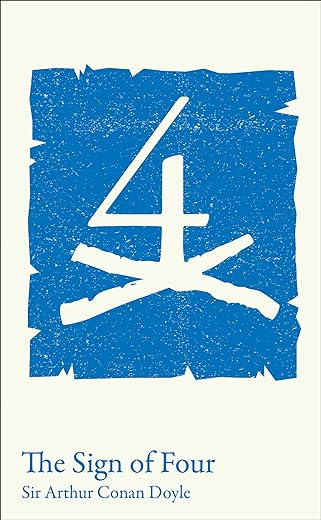
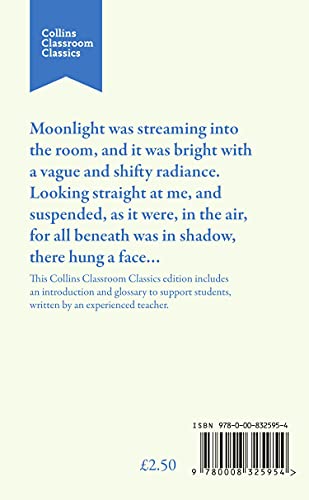
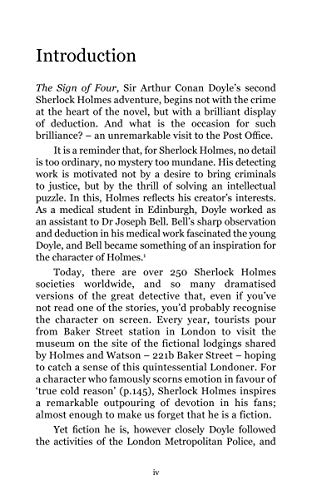

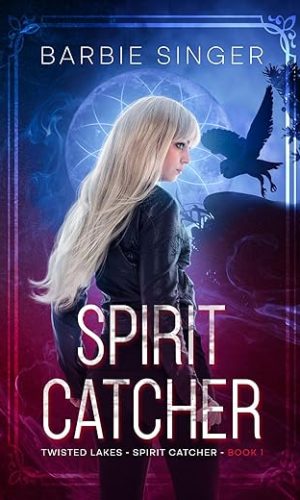
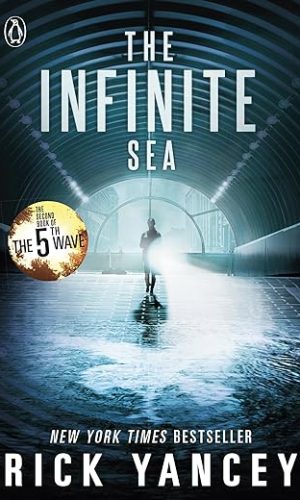
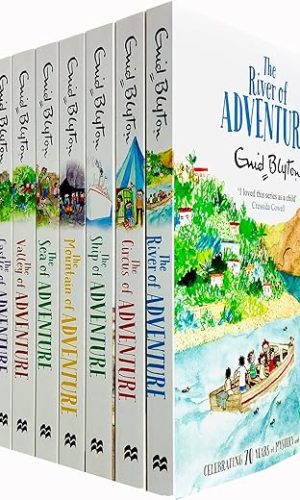

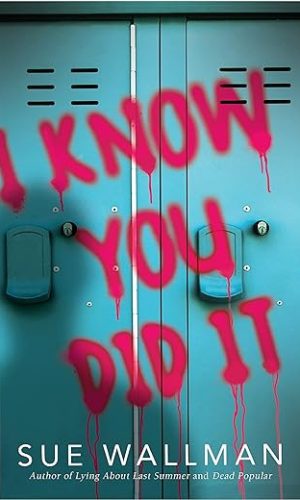


by Roman Clodia
Leaving aside quibbles about whether this is ‘literary’ enough to be a GCSE text, this is an edition thoughtfully designed for the classroom. There’s a brief contextual introduction which touches on the history of detective fiction, Holmes’ scientific rationalism (pre-CSI!) and Jack the Ripper. It’s perhaps most useful when drawing attention to post-colonial approaches to reading the text, and thinking about the technique of using different narrators.
The text itself is followed by a useful glossary (though the explanation of ‘sending a wire’ almost needs an explanation itself: ‘send a telegram’ might be equally mysterious!) parsing words like ‘salver’, as well as elucidating London geography.
The page margins could be larger to allow notes and annotations, and the book probably won’t last longer than the required two years – but a very useful classroom edition.
by Kass
This version of the classic story by Sir Arthur Conan Doyle has been produced especially for the classroom and in particular for GCSE students studying this as one of their texts for their exams. It is a budget edition in terms of paper quality and it has a simple paperback cover, but this is just a slim volume, so it’s quite nice to have a lightweight edition, which slips easily into a school bag, without weighing it down. It’s unlikely to stand up to the test of time.
There is a useful glossary for unfamiliar words and phrases, which helps to unlock some of the language which might have been familiar at the time it was written, but which has fallen out of use at this time. My daughter is an advanced reader and loves Sherlock, but she has needed to refer to the glossary a fair amount and has asked me (as she always does if I am around when she is reading) about words which aren’t there. It’s great value for money.
by John M
This is a useful GCSE text together with study notes at the rear. The price is inexpensive, but the format of the book is quite small and the paper quality basic.
As for the story itself it is quite short at about 145 pages. Sherlock Holmes stories are iconic, and of course should be judged as a product of its era, with Holmes being really the first literary detective figure, but the writing itself now viewed through the lens of modern values suffers from a peppering of Victorian attitudes, particularly on race, which are archaic. The plot itself now seems a bit clichéd, but I guess it wasn’t at the time of writing, with stolen caches of Agra treasure, caricatured villains and boat chases down the Thames. Conan Doyle was a groundbreaking author in detective fiction and really spawned the genre, but his books are now rather dated. Still, it’s good to experience the Sherlock Holmes novels and appreciate their place in detective fiction.
by bomble
I’m a lifelong Holmes fan and have read this a couple of times – perhaps not my favourite of the long stories but I am pleased that it has become a study text at GCSE as its both a gripping story, an interesting piece of historical context and a fine example of ACD’s writing.
At the price, ideal for annotating or taking along as a leave-behind travel book for those of us who prefer paper to electronic reading options.
by Brook
The font used makes it very difficult and unpleasant to read. Don’t buy if you use glasses
by Mrs. T. SALMON
A excellent little book , perfect for studying this tale from the great Sherlock Holmes . Perfect for any student who is studying this book for their GCSE.
by El Loro
This is a lovely cheap edition for any GCSE lit student wanting a copy to abuse and annotate. It’s pretty decent as a back pocket reader as well.
It doesn’t have all the gubbins you’d expect from a more expensive edition, and the pagination doesn’t match the last cheap classroom edition from Collins, but it does the job for less than the price of a cup of coffee.
by H
This is a classroom edition of The Sign of Four. It is a small volume printed on cheap paper. It doesn’t feel very robust so definitely not the copy to buy if you want to keep the book. It is fine for a classroom edition though. The book has an introduction at the front that gives some background information on the novel and also poses some interesting questions for the student to think about. There is a glossary at the back of the book which is very useful. The text of the novel is fine but there is very little space around the text which seems a shame as it is common for students to add notes. I would prefer to pay a little more for the Penguin edition, but this edition will be fine for most students.